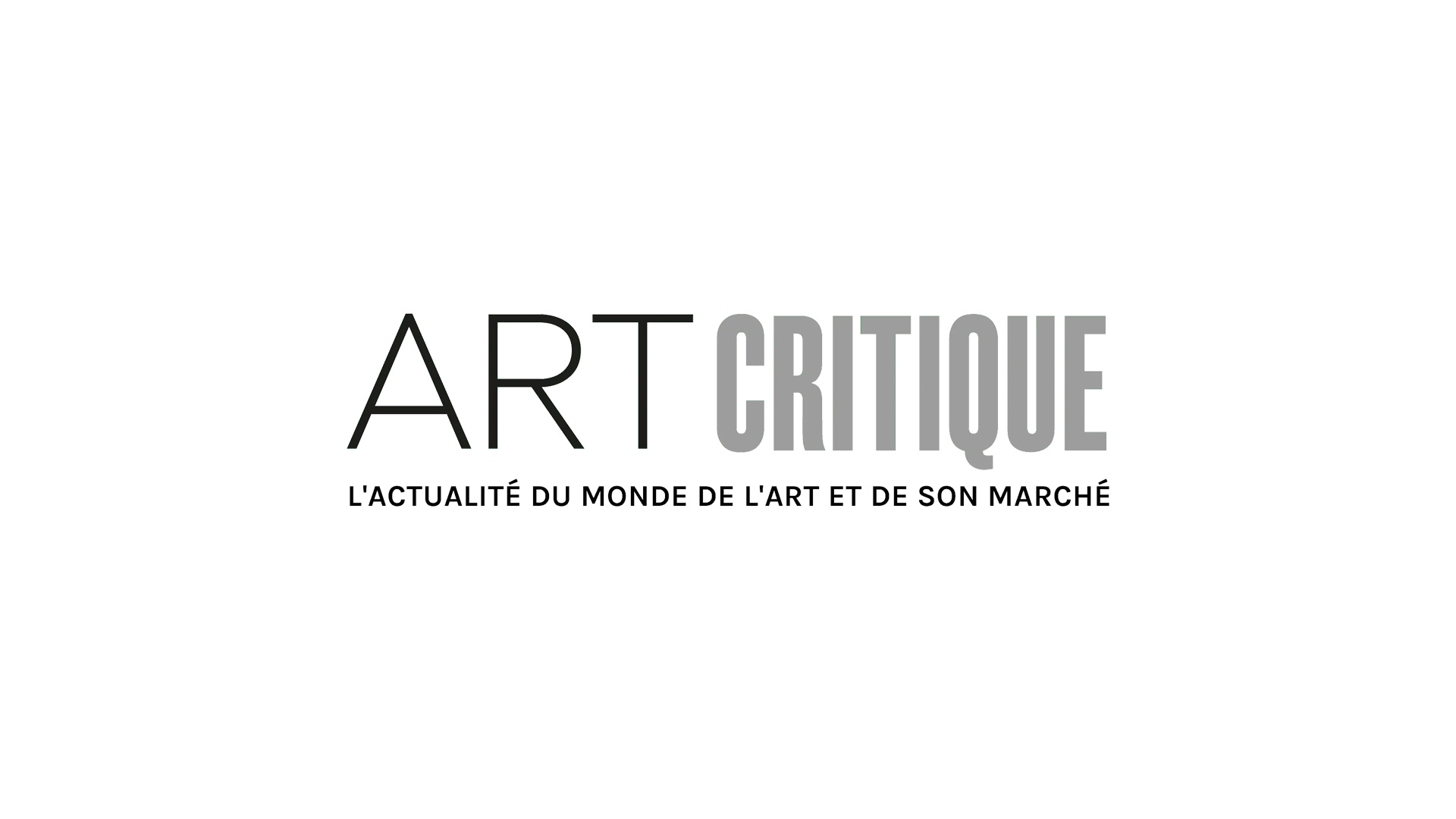Was Gustave Moreau (1826-1898), a Symbolist painter known for his poetic, intensely personal, often fantastic depictions of mythological and biblical subjects, also a pioneer of abstraction? This question is explored in the surprising exhibition “Gustave Moreau: Vers le Songe et l’Abstrait” (Towards Dream and Abstraction). Although the exhibition is in its last days at the Musée Gustave Moreau (through January 21), it also opens up a wealth of possibilities as to how future visitors making a pilgrimage to 14 rue de La Rochefoucauld in Paris’s ninth arrondissement, can approach and apprehend the artist’s works.

Before his death, the artist commissioned an architect to convert his childhood home into a museum with a dedicated gallery space, private quarters and studio, providing space for hundreds of paintings and thousands of drawings. He bequeathed the house and its contents to the French state in 1897, and it opened to the public in 1903.
Amongst the museum’s rich archives (some 25,000 works), are sketches, paintings and palettes that today we easily categorize as “abstract,” but which remain a mystery as to the artist’s intentions. Are they preparatory works for his figurative paintings? Are they deliberately non-figurative or were they created by chance? What can we understand about them by reading Moreau’s writings on art? What can be learned from them about the artist’s creative process? Was Moreau a precursor of abstraction or did his abstractions come about inadvertently, making him the unsuspecting forerunner of a new movement in art?

In the 1960s, for instance, several art historians and writers began to tout Moreau as a pioneer of abstraction. Dore Ashton, for example, noted in the catalogue for an important exhibition at the Museum of Modern Art in 1961, “It is in the lesser known and often unfinished paintings that Moreau the painterly painter, the uniquely experimental dreamer must be sought and understood.”
From the more than one hundred non-representational paintings, as well as some 430 “color tests” in watercolor and gouache as well as 22 framed, nonfigurative works kept in a mysterious closet on the ground floor known as the “abstract cupboard,” the museum’s curators selected nearly one hundred paintings and watercolors and invited art historians and Moreau experts Dario Gamboni, Rémi Labrusse, Cécile Debray, Véronique Sorano Stedman and Emmanuelle Macé to study them together.

While the interpretation of these works still remains a mystery, the curators clearly identified many of the sketches as preparatory studies for completed works; others, such as his “color tests,” are believed to have been used by the artist during his creative process, to experiment with his paints and clean his brushes.
But blissfully, the exhibition offers up questions rather than answers.
One of the most fascinating aspects of the exhibition is an analysis of Moreau’s use of the term “abstract” in his writings. Ultimately, the curators conclude, in Moreau’s time, the word “abstract” did not have the same connotations and subtext as it does for works that have been described as abstract since the twentieth century.
Moreau wished, as he himself wrote, to take those looking at his work “towards reverie and the abstract.” But for him, the term clearly evoked something spiritual, linked to his search for “the invisible” in art, to his obsession with the otherworldly and the life of the imagination.





